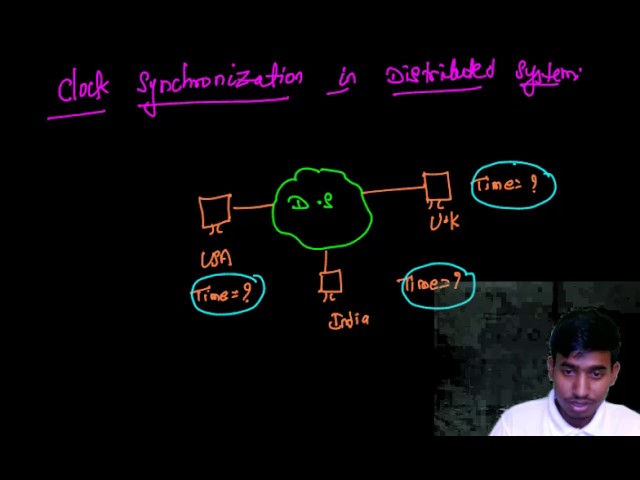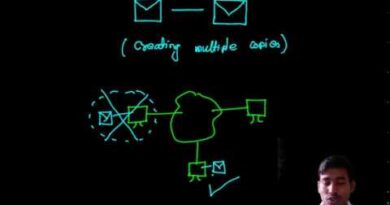Clock Synchronization in Distributed System With Algorithm and Example
Clock Synchronization in Distributed System With Algorithm and Example. In this lecture You will learn about the Clock and its working with different time zone in the Globe.
Clock Synchronization in Distributed System With Algorithm And Example Clock Synchronization Algorithm Clock Synchronization Example Synchronization In Distributed Systems Clock Synchronization In Distributed System Berkeley Algorithm Clock Synchronization.

Clock Synchronization Algorithms What Is Clock Synchronization In Distributed System Types Of Clock Synchronization In Distributed System Synchronization In Distributed Systems Video Lecture Clock Synchronization In Distributed System Video Logical Clock Synchronization In Distributed System.


